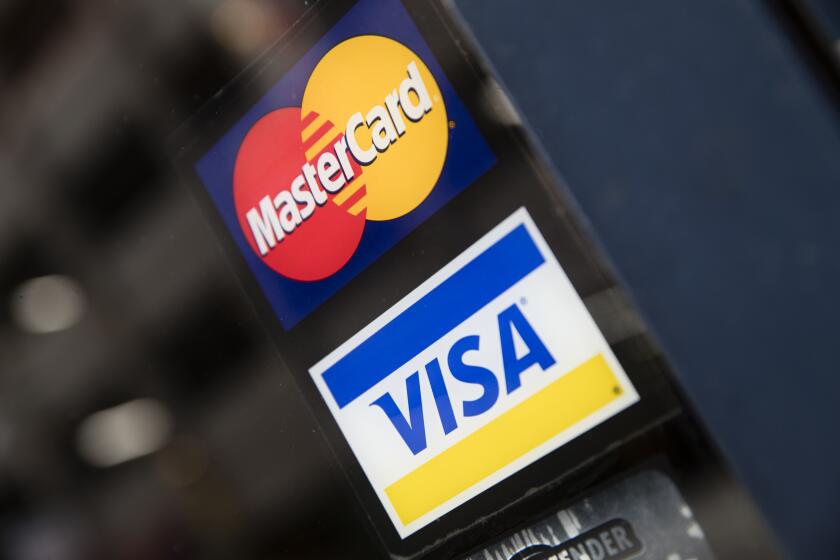What Mattered in Money: The Big 10
- Share via
Consumers today can surf the Web to find the highest-yielding certificates of deposit nationwide. Freeway billboards tout competing mortgage rates. There are dozens of checking and savings account plans to choose from.
But less than 20 years ago, product choices in the banking business were largely a matter for the government to decide.
Banking deregulation in the late 1970s and early 1980s revolutionized the way Americans handle their personal finances and led to the interest rate competition and wide array of financial services that Americans enjoy today.
For most of the century, however, the industry operated under the restrictive regulations passed after the bank failures of the 1930s. In 1933 the government created the Federal Deposit Insurance Corp. to restore confidence in the banking system, but in return the industry was in effect told how to run its business.
The government set mortgage rates. Banks were prohibited from paying interest on checking accounts. S&Ls; were told precisely how much interest they could pay on passbook accounts.
It made for a simpler banking system and gave consumers little need to shop around. Bankers were said to operate under the “3-6-3” rule: pay 3% on deposits, charge 6% on loans, and be at the golf course by 3 p.m.
That comfortable existence was shattered in the late 1970s, when inflation and market interest rates soared. Dissatisfied with the government-capped rates at S&Ls; and banks, consumers moved their deposits en masse to new money-market mutual funds set up by investment companies.
The only way banks and S&Ls; could stand out was to offer a free toaster, garden hose or other small gift to attract business.
The huge outflow of money from the banking system to money-market funds helped motivate Congress to launch the first major wave of banking deregulation.
The landmark Depository Institutions Deregulation and Monetary Control Act of 1980 began to phase out interest rate caps and cleared the way for new types of products, such as money-market deposit accounts. Suddenly, banks and S&Ls; began to compete on prices and terms. CDs--a mainstay product for many senior citizens--turned into a game of can-you-top-this among deposit-hungry institutions in the early 1980s.
But the deregulation wave also bred trouble: The S&L; industry, in particular, struggled to cope with the new free market. Further deregulation in 1982 permitted the S&L; industry to make much riskier loans than home mortgages.
Scores of S&Ls; paid sky-high rates to attract deposits, then gambled the money in high-risk loans to oil companies, apartment builders, land developers and others.
Many of those deals went bust by the late 1980s, depleting federal S&L; deposit insurance funds and leading to a $500-billion taxpayer-financed S&L; bailout.
Still, consumers who value having the power of choice--especially for CD yields--probably wouldn’t want to trade today’s deregulated banking industry for the old model.
More change is coming: The financial modernization bill passed by Congress this year removed Depression-era rules that restricted many banks from offering insurance or securities.
Critics say that’s a recipe for more bank failures, but supporters insist that more competition can only help the consumer--and the economy--in the long run.
More to Read
Inside the business of entertainment
The Wide Shot brings you news, analysis and insights on everything from streaming wars to production — and what it all means for the future.
You may occasionally receive promotional content from the Los Angeles Times.










